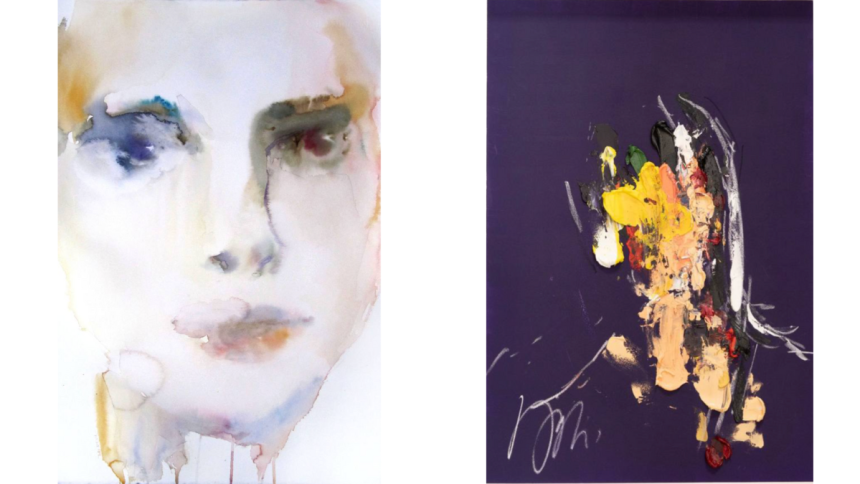For some people, owning art might seem like an indulgence, something reserved for high-rise penthouses or gallery collectors with deep pockets. But let’s pause that picture. The truth is, art isn’t only about what hangs on a wall—it’s about what it adds to your life. Whether you live in a city apartment or a quiet house in the suburbs, having a piece of art in your space can bring more than color. It can spark ideas, shift your mood, and change how you feel in your own home. Here’s what owning art really does for people—and why you don’t have to wait until you’re “ready” to let it improve your everyday life.
Art can Actually Help you Take Care of Your Mental Health
The visual power of a good painting or print can actually calm you down, lift you up, or pull you back into the moment when life feels like it’s spiraling out of control. There’s a growing understanding that having something beautiful to look at can help you take care of your mental health, especially when your brain is juggling work, family, and everything in between.
Science backs it up: being around art can lower stress hormones, reduce your heart rate, and even lessen anxiety. Think about how you feel when you walk into a hospital room with blank walls versus one with something meaningful to look at. That little shift in the environment can do a lot. At home, it’s even more powerful, because the art you choose is yours. It reflects your taste, your story, your emotions—and it makes the space feel like a safe one.
The Search for Art Just as Rewarding as Owning It
If you’ve ever browsed online or wandered through a weekend gallery pop-up, you know this feeling already. Looking for art can be unexpectedly exciting. There’s something special about the moment when you stop scrolling and suddenly think, This one. That instant connection between you and the piece is more than just shopping. It’s an emotional spark.
When people explore modern art for sale, they’re often surprised by how personal the process becomes. It’s not about picking the most popular item. It’s about spotting something that speaks to you—and realizing that no one else will interpret it quite the same way. That’s what makes it yours.
And here’s where it gets interesting: this hunt for something meaningful can actually be therapeutic. It requires you to think about your space, your preferences, your mood—things we don’t always reflect on in our busy routines.
One of the Most Underrated Ways to Make a Home Feel Finished
Most people remember to buy a couch, a rug, and maybe a lamp or two when they move into a new place. But without art, even a beautifully furnished home can feel strangely empty. It’s like getting dressed for a big event and skipping the final detail that pulls it all together.
Art brings texture, emotion, and focus to a room. It can balance out hard edges, soften lighting, or draw your eye to a part of the room you want to highlight. In other words, it helps tell the story of the space. It doesn’t just make a wall look “not bare”—it makes the entire home feel lived in and expressive.
And the great thing is, it doesn’t have to be a huge canvas or cost thousands of dollars. Even a small framed piece, when chosen thoughtfully, can shift the energy of a room.
Owning Art can Spark Better Conversations
There’s something about a striking or thought-provoking piece of art that makes people stop and ask questions. “Where did you find this?” or “What does it mean to you?” are just the beginning. Good art encourages people to connect, not just with the piece—but with each other.
In homes where art is on display, guests often find themselves lingering in unexpected places, drawn into the details of a painting or the curiosity of a sculpture. This naturally opens the door for deeper conversations that go beyond small talk. Art gives people something to share opinions about, to laugh over, to relate to.
Art is a Smart Long-Term Investment
Instead of only thinking about whether a piece of art will appreciate in value over the years, consider this: what does it already add to your daily life? If you buy something that brings you joy every single day, that’s a return on investment that starts immediately. And while not every piece will grow in financial value, the emotional and mental return is often even more important. You’re investing in how your home feels, how you feel in it, and what message it sends to the people who enter.
That said, some collectors do find that carefully selected pieces do increase in value over time, especially if the artist gains more recognition. If you’re someone who enjoys researching trends and following creative talent, this can be an added bonus. But it doesn’t need to be the main reason you buy a piece.
Lynn Martelli is an editor at Readability. She received her MFA in Creative Writing from Antioch University and has worked as an editor for over 10 years. Lynn has edited a wide variety of books, including fiction, non-fiction, memoirs, and more. In her free time, Lynn enjoys reading, writing, and spending time with her family and friends.















